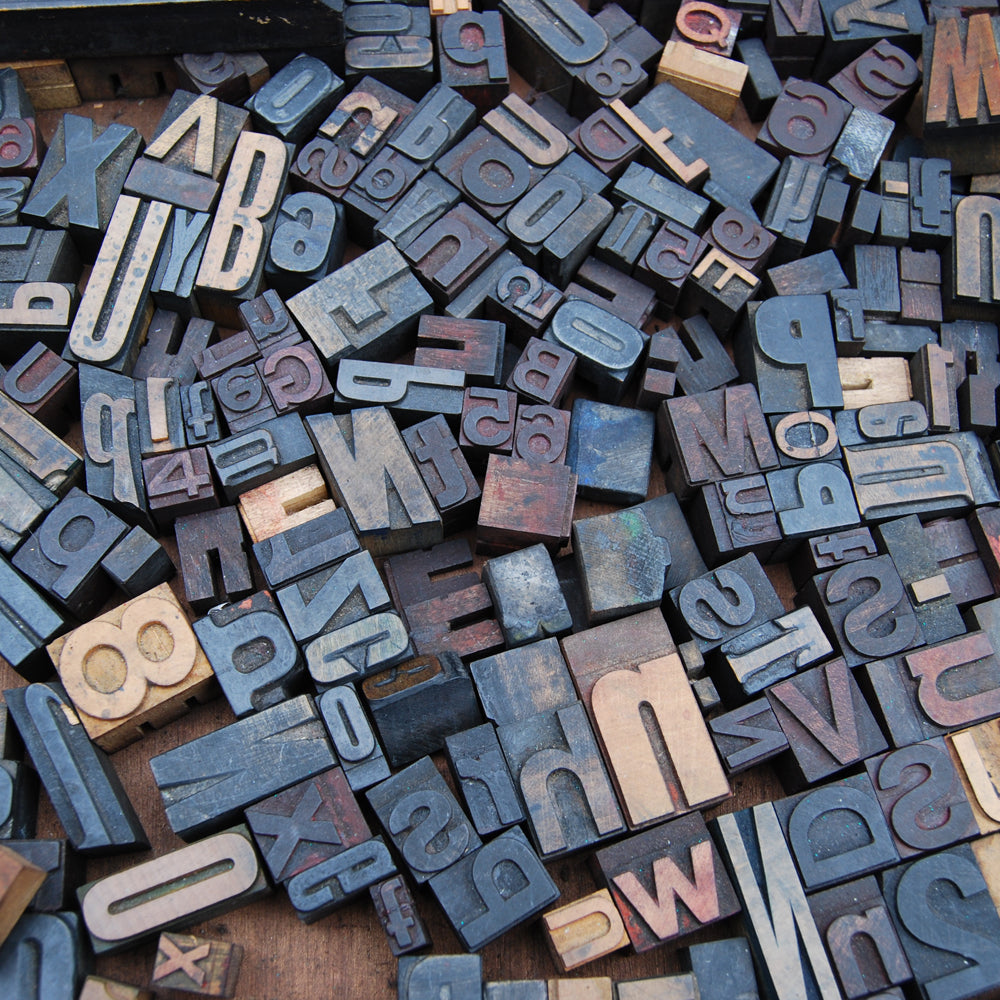
Acne Scarring & the Derma Roller
Acne Scarring
Acne Scarring up until recent years has been notoriously difficult to treat. Now one of the best treatments available is by using a derma roller and derma stamp.
Research has shown a 70% visible reduction in acne scarring from using these treatments. Many people ask what the difference is between the Derma Roller and Derma Stamp for treating acne scarring.
At white lotus we like to combine the use of both. Using the derma roller alone can make the scars look more uneven, building new collagen on top of the scar tissue. The derma stamp breaks up the scar tissue thereby allowing the new collagen that you are inducting to distribute itself evenly, so it appears to look smooth.
People that have just brought the roller with a rough or bumpy looking scar, notice it improves initially and then starts to look more uneven because it has not broken up the scar tissue again. remember a scar is a bundle of scar tissue. To improve the appearance you really need to break up the scar tissue and then build collagen in the area.
At white lotus this treatment method is natural, non invasive with no down time. We also recommend only using a natural product not anything containing Vitamin A or Vitamin E, because the increased absorption by using a stamp or a roller can endanger your health (up to 10,000 times).
Admittedly most people who use vitamin a products notice that they already get side effects. Furthermore the derma roller is great if you have enlarged pores and did previously use to suffer from acne. Our clients have found by using the roller regularly their skin improves immensely due to the increased blood circulation and healing to the area. It is not advised to roll on active acne, but around these areas.
The more you do it the more you will notice how much your skin improves and the acne does not return. The White Lotus Organic Green Tea Face Oil was created to enhance skin cell rejuvenation and not make the skin oily or block the pores. It contains Chinese herbs that increase circulation to the area and aid the treatment. It is an all natural product.
Most people that have acne prone skin are afraid to use oils on their skin, rightly so because most oils do block the pores. Green tea oil is unique in that it is absorbed easily, does not block the pores, takes away redness and inflammation and rejuvenate skin cells. Most people that have acne are afraid to use moisture on their skin, for fear of further break outs.
Unfortunately most major acne products dry the skin out creating premature wrinkles. If you suffer from acne in Chinese medicine we say you are internally dry. By moisturising your skin with a product that does not block your pores, cause oiliness and accelerates healing you will see how much better your skin improves. For More information on acne scarring please see our Scar reduction Pack. Or Consult a Therapist trained by White Lotus Beauty- the skin needling experts.


